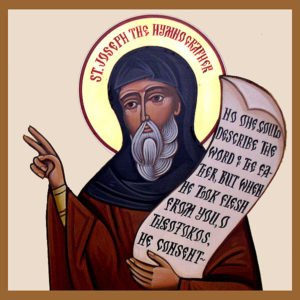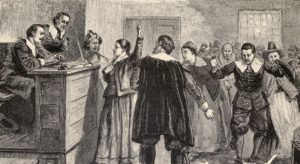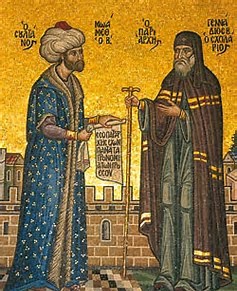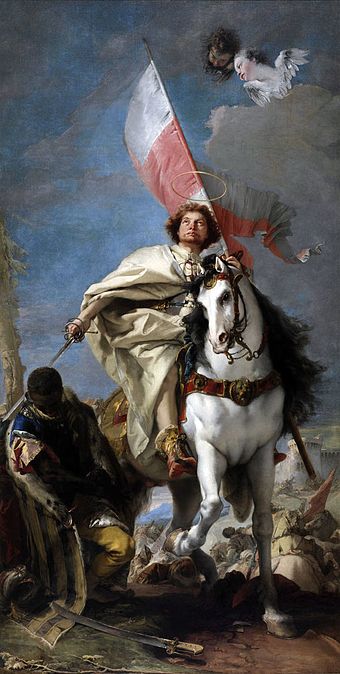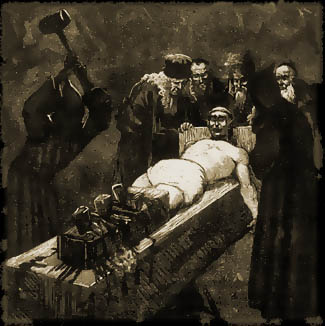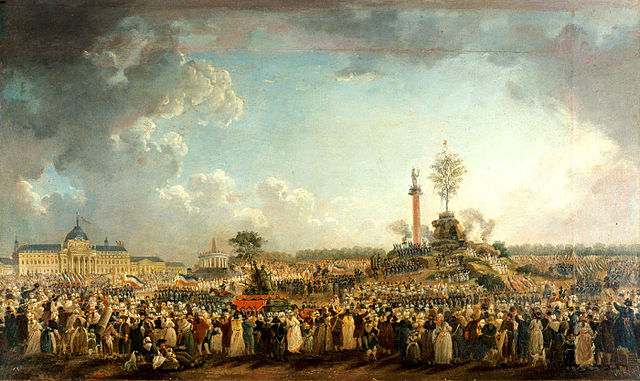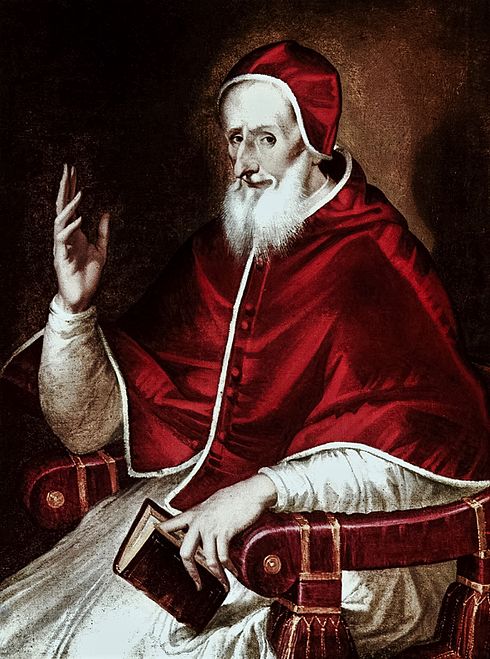Hroswitha of Gandersheim
One way medieval historians make themselves annoying to the general public is by contradicting popularly-held beliefs. After centuries of stating that the fall of Rome produced a Dark Age in the West, medievalists began to say there was no such thing. It’s “late antiquity”, they said, not the Dark Ages, and it wasn’t so horrible after all. The barbarians must no longer be called that; they became “migrants” or “settlers”. They didn’t invade so much as they “intermingled” and “created new societies”. Were these new societies literate? Well, no. Did they encourage long-distance trade or sophisticated mass-production as in the days of the Roman Empire? Sadly, no. Did they have the rule of law? No, savage tribal customs replaced Roman law. So, after twenty years or so of this sort of revisionism a new group of historians began pointing out that the barbarian invasions did, indeed, cause a civilizational catastrophe that took centuries to overcome. Among the things that disappeared in Western Europe was drama and it took a remarkable woman to reintroduce it.
Hroswitha of Gandersheim (c. 935-c. 1002) was a German nun during the cultural renaissance that was sponsored by the German Ottonian emperors in the tenth century. She was probably born into a noble family and certainly received a classical education that was not usually given to women of the time, even of the elite classes. Even more remarkably one of her teachers was herself a woman, the abbess Gerberga, sister of Emperor Otto I and a former Queen of France.
We have no record of anyone in Latin Europe writing a play since the days of imperial Rome but Hroswitha took it upon herself to revive the art form. Her plays deal with political problems, women’s roles, the challenge of sin and romance. She also wrote saints’ lives, poetry and works of history. Unlike many female authors, right up until the twentieth century, Hroswitha did not hide her sex, rather she sought recognition of herself as an exceptional woman, blessed by God.

